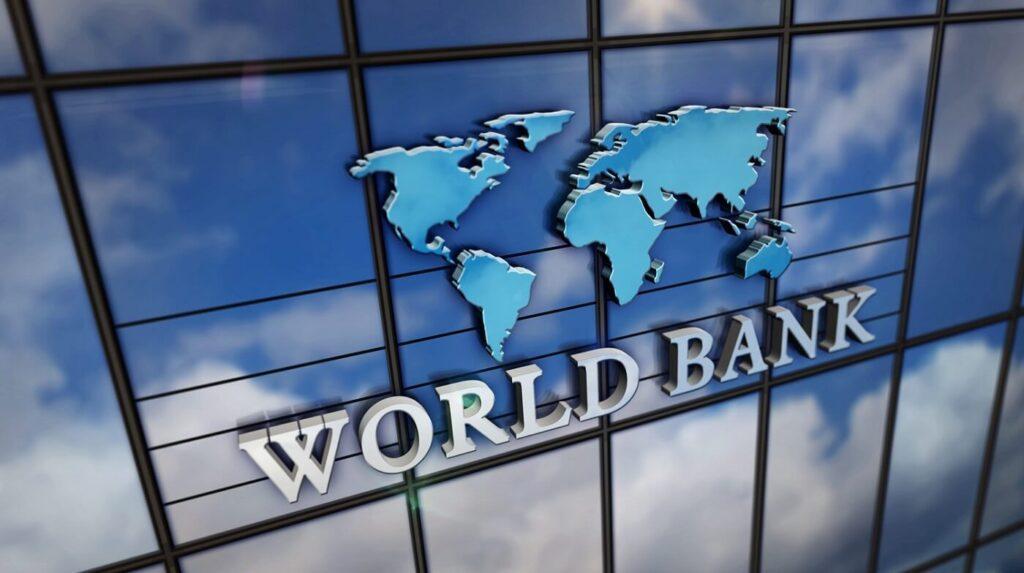Africa-Press – Ethiopia. October 13, 2025 2 minutes read Addis Abeba – The World Bank’s latest assessment on poverty and equity in Ethiopia forecasts that poverty will increase to 43% by 2025, up from 33% in 2016 (measured at $3 per day, 2021 PPP).
After making significant strides in reducing poverty for over two decades, Ethiopia has in recent years encountered internal and external challenges that impacted living standards, the World Bank says. These challenges include the COVID-19 pandemic, the Tigray conflict, severe droughts, a slowdown in GDP growth, and soaring inflation.
As a result, poverty levels rose sharply from 33 percent in 2016 to 39 percent by 2021 (measured at $3 per day, 2021 PPP), with expectations of further increases in subsequent years, according to the World Bank. Inflation hit urban households hardest, while most rural families did not benefit from higher food prices due to limited market engagement.
Additionally, rural communities have restricted access to off-farm opportunities, in part due to policies that limit the effective functioning of land and labor markets. The significant decline in living standards in rural areas, where approximately three-quarters of the population resides, has accentuated the rural nature of poverty in Ethiopia, the World Bank says.
Human capital indicators in the country remain alarmingly low, especially in rural regions. By 2021, 86 percent of rural adults had not completed primary education, nearly half of rural households had at least one stunted child, and over a quarter reported having a severely stunted child, according to the report.
Disparities in access to public services by income are stark, with sanitation facilities and electricity connections being nearly three to four times more prevalent in the top 20 percent of the country than in the bottom 20 percent. The ownership of assets further underscores this divide, as less than 1 percent of the poorest quintile possess refrigerators, cars, bicycles, or computers.
The poorest households often experience isolation from markets and public services and are disproportionately affected by climatic shocks and food shortages, the World Bank notes. Since mid-2024, the government has implemented a series of macroeconomic reforms, including a transition to market-determined exchange rates, trade and tax reforms, quarterly adjustments to electricity tariffs, and removal of fuel subsidies.
The reforms aim to foster private sector-led job creation, enhance smallholder farmers’ market participation, and strengthen the resilience of poor and vulnerable populations. To mitigate the short-term effects of these reforms on poverty, the government raised safety net benefits, increased public sector salaries, and subsidized fertilizer, according to the World Bank.
Recent monitoring indicates that households’ economic sentiments have marginally improved in early 2025, compared to 2024, although they remain in negative territory, especially in urban areas. By 2025, poverty is projected to have escalated to 43 percent ($3 per day, 2021 PPP), with a gradual decline anticipated only by 2026, the World Bank says.
In September 2025 in a new joint assessment World Bank–IMF has delivered a stark warning on Ethiopia’s economic outlook, declaring the country’s external debt “unsustainable” and confirming that the government is already in debt distress.
The report, approved by senior officials from both institutions, said: “Ethiopia’s debt is assessed to be unsustainable, mainly due to protracted breaches of exports-related external debt indicators and is based on a weak Debt Carrying Capacity.” It added that the country has been in debt distress since it missed a Eurobond interest payment in December 2023. AS
TagsEthiopia Poverty World Bank Copy URL URL Copied October 13, 2025 2 minutes read Show More Facebook X LinkedIn Tumblr Pinterest Reddit VKontakte Share via Email Print
For More News And Analysis About Ethiopia Follow Africa-Press






